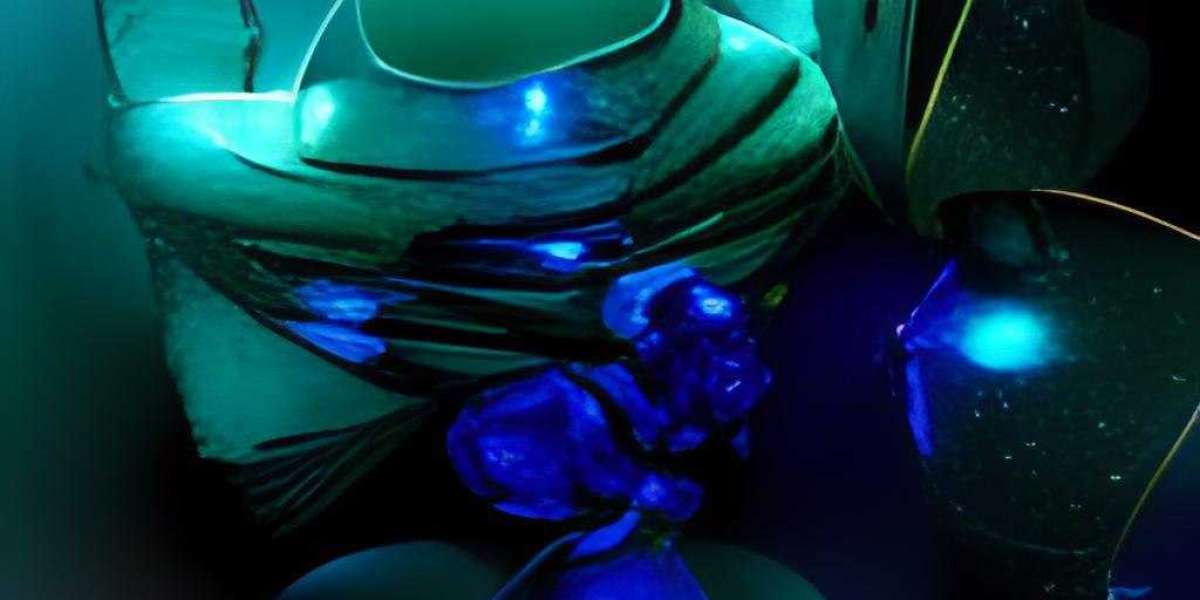
In recent years, Platelet-Rich Plasma (PRP) therapy has emerged as a revolutionary treatment in the field of cosmetic dermatology. Known for its ability to rejuvenate the skin and stimulate collagen production, Face PRP treatment is gaining popularity among those seeking non-invasive solutions to enhance their appearance. This article delves into what PRP treatment entails, its benefits, and what you can expect from the procedure.
Understanding PRP Treatment
PRP therapy utilizes the body’s own healing mechanisms to improve skin texture and appearance. The process begins with a small sample of the patient’s blood, which is then centrifuged to separate the platelet-rich plasma from other blood components. This plasma, rich in growth factors and proteins, is then reintroduced into the skin through micro-injections.
The primary goal of Face PRP treatment is to harness the regenerative properties of platelets to stimulate collagen production and promote cell turnover. Collagen is a vital protein that maintains skin elasticity and firmness, making it a key factor in reducing the appearance of fine lines, wrinkles, and sagging.
Benefits of Face PRP Treatment
Natural and Safe: One of the significant advantages of PRP therapy is that it uses the patient’s own blood, minimizing the risk of allergic reactions or adverse effects. This makes it a safer alternative to treatments involving synthetic substances.
Non-Surgical: Unlike surgical interventions, PRP treatment is minimally invasive. It requires no incisions or extensive recovery time, making it an attractive option for those who prefer non-surgical cosmetic procedures.
Improves Skin Texture: PRP therapy can enhance skin texture by reducing the appearance of scars, including acne scars. The growth factors in PRP help accelerate the healing process and improve the overall quality of the skin.
Enhances Skin Tone: Regular PRP treatments can help even out skin tone and reduce hyperpigmentation. By promoting cell regeneration, PRP helps achieve a more youthful and radiant complexion.
Boosts Collagen Production: Collagen is crucial for maintaining skin’s elasticity. PRP treatment stimulates the production of new collagen fibers, which can lead to firmer and more youthful-looking skin over time.
What to Expect During and After the Procedure
The PRP procedure typically begins with the extraction of a small amount of blood from the patient’s arm. The blood is then processed in a centrifuge to isolate the PRP. Once prepared, the PRP is injected into the targeted areas of the face using fine needles.
Patients may experience mild discomfort during the injections, but this is generally well-tolerated. To minimize any discomfort, topical numbing cream can be applied before the procedure.
Post-treatment, it is common to experience some redness, swelling, or bruising at the injection sites. These effects are usually temporary and subside within a few days. Most individuals can resume their normal activities immediately after the procedure, although it is advisable to avoid excessive sun exposure and strenuous activities for a short period.
Conclusion
Face PRP treatment represents a promising option for those seeking natural and effective skin rejuvenation. By leveraging the body’s own healing abilities, PRP therapy offers a safe and non-invasive approach to improving skin texture, tone, and overall appearance. As with any cosmetic procedure, it is essential to consult with a qualified healthcare provider to determine if PRP therapy is the right choice for your skincare needs. With its ability to deliver noticeable results with minimal downtime, PRP treatment continues to be a popular choice for those looking to refresh their look and revitalize their skin.








